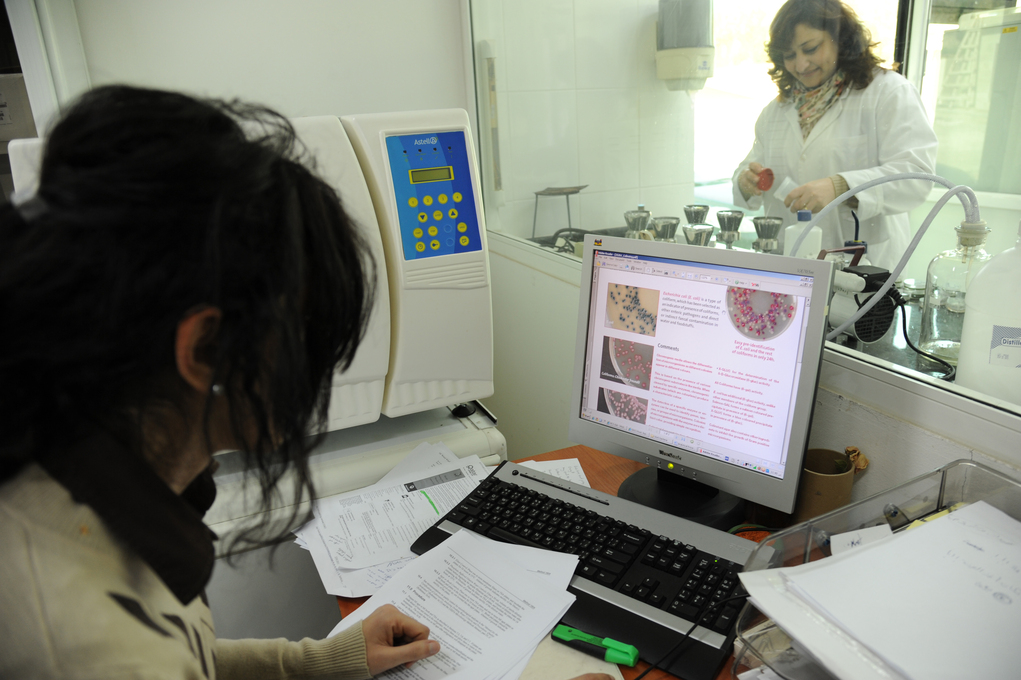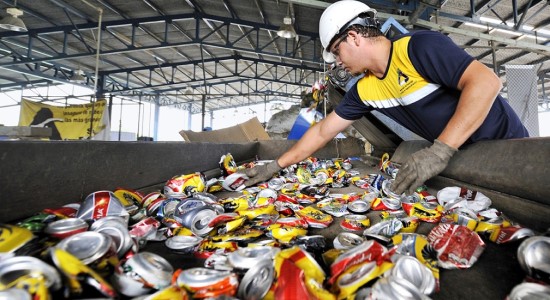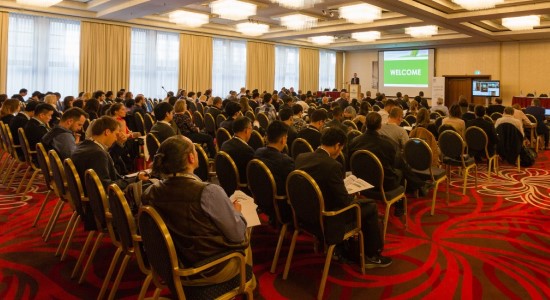Entropy change as a measure for chemical sustainability
To know whether a specific product, synthesis or process is greener or even more sustainable metrics are needed. Sustainability assessment tools are desired by numerous stakeholders. Commonly applied methods like e.g. Life Cycle Assessment (LCA) and Material Flow Accounting (MFA) are focused on substance and process characteristics.
However, energy demands and loss of energy (“dissipative heat”) as well as loss of constituents of more complex products such as electronics, alloys, or plastics but also environmental pollution in general is inevitable because of the laws of thermodynamics.





